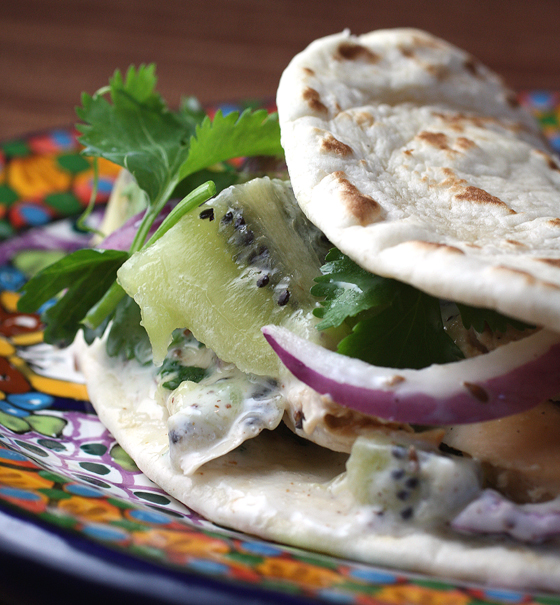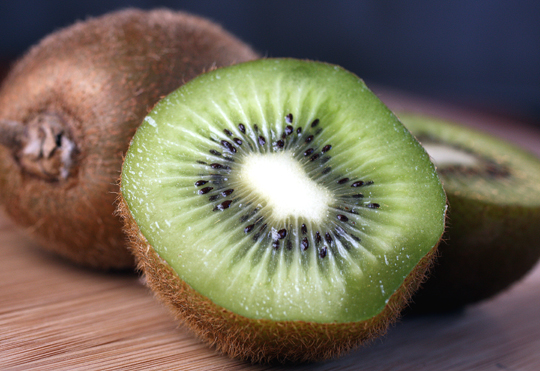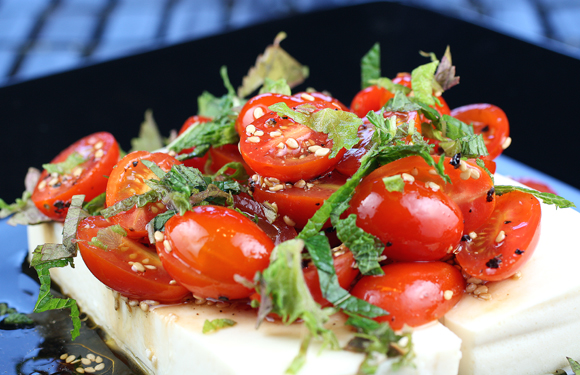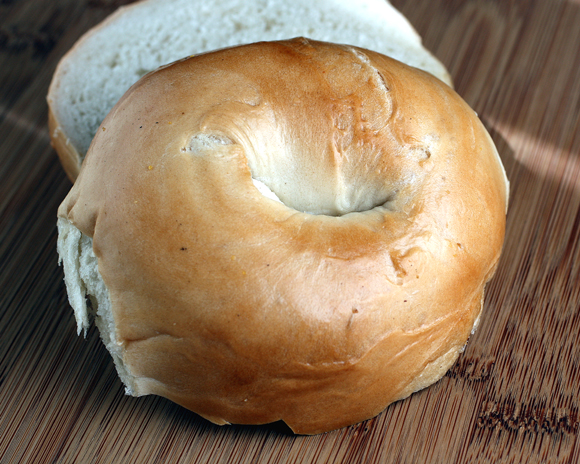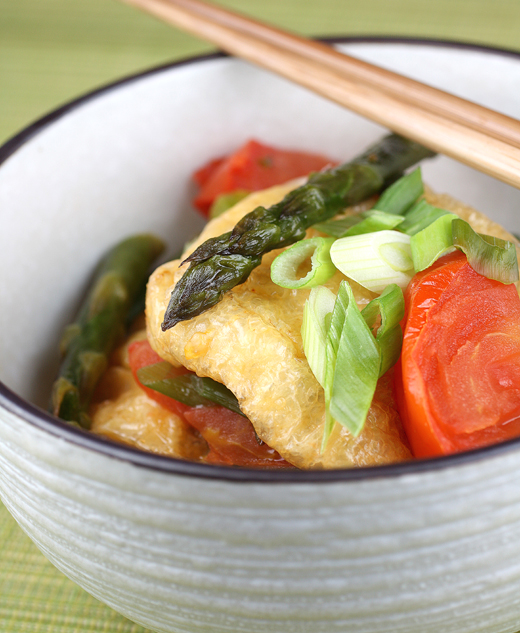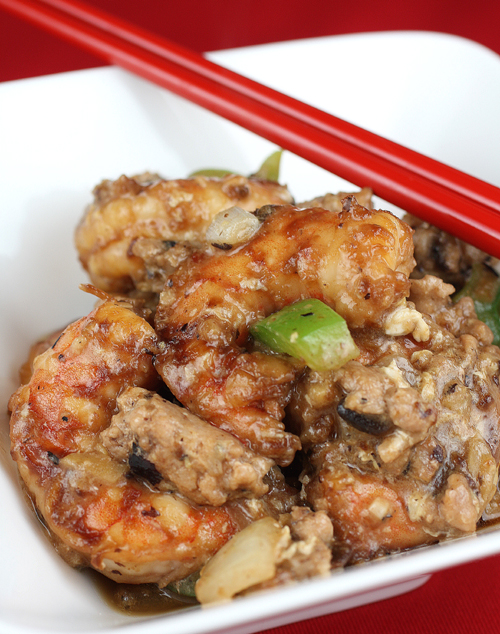
My Mom was like the Chinese-American June Cleaver.
For those of you too young to remember the 1960’s black-and-white television comedy, “Leave It to Beaver,” actress Barbara Billingsley played Mrs. Cleaver, a devoted wife in suburbia, caring for her hard-working husband, and two sons — the elder, Wally, and the younger, mischievous, Theodore “Beaver” Cleaver.
No matter what scrapes Beaver got into, Mrs. Cleaver never had a hair out of place.
And no matter if she was just vacuuming or tidying up the house, June Cleaver was always decked out immaculately in a fitted shirt, bouffant skirt, heels, and pearls.
My late-Mom may not have gone that far. But she was close.
My cousin Gary jokes that at a family barbecue at his house years ago, where everyone else turned up in T-shirts, jeans, shorts or chinos, there was my Mom — in a smart skirt and blouse ensemble, with a jade bracelet on her wrist.
There were no “Casual Fridays” back when she was working, so this was my Mom’s uniform, so to speak, whether she was at work at her office in San Francisco, or chatting with visiting relatives in her living room at home.
Even when she did housework, my Mom dressed in a simple shift, with buttons down the front or a zipper up the back, which she often had sewed, herself.
The idea of sweats or shorts on the weekends never entered her imagination. I don’t recall her wearing a pair of jeans. Nope, not ever.
In fact, I rarely even saw her in slacks. I think she only owned a pair or two. And they came out of the closet only to be packed in a suitcase when she and my Dad would take a cruise.
I look at old snapshots of her now and that’s the Mom that I see. Graceful, delicate, dainty, and neat as a pin.
Which is why whenever I make her dish of “Prawns with Pork and Black Bean Sauce,” I can’t help but smile, because it’s a bit messy.
Read more

